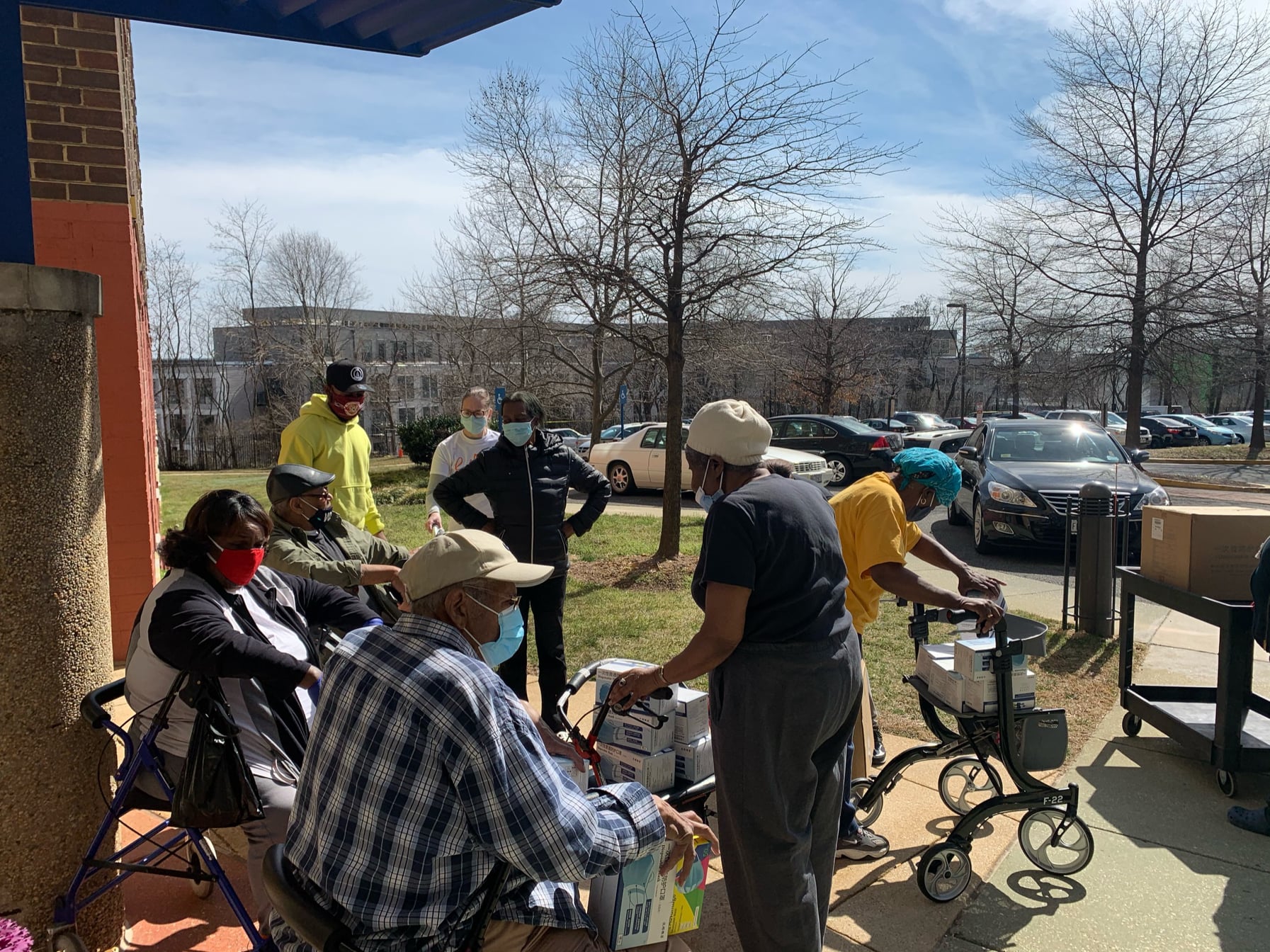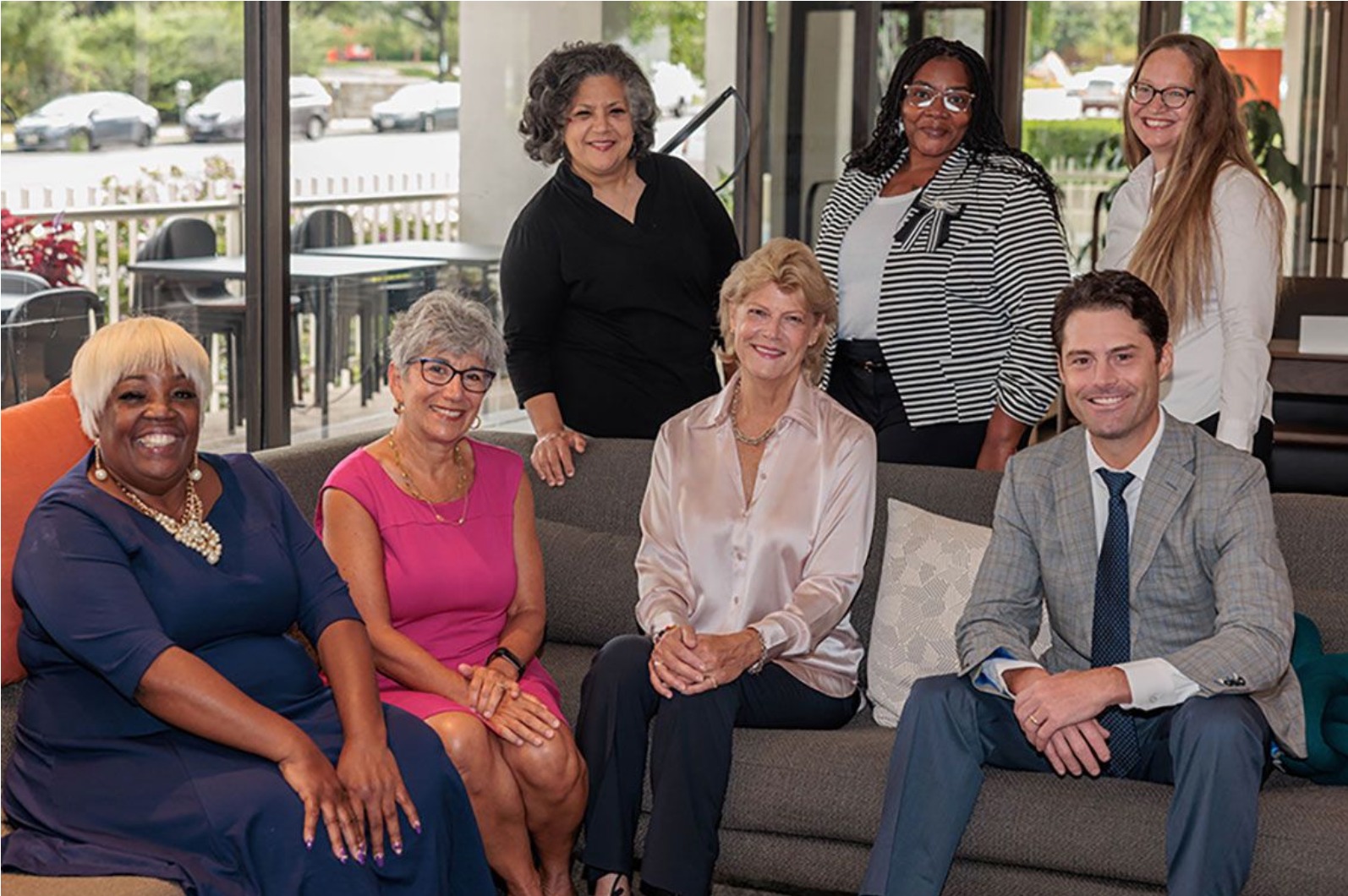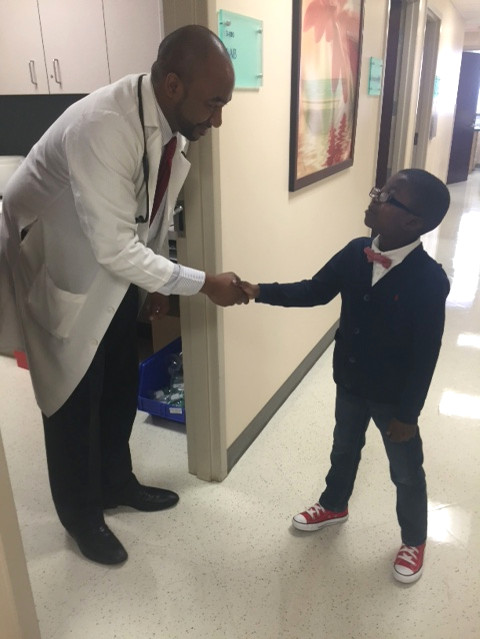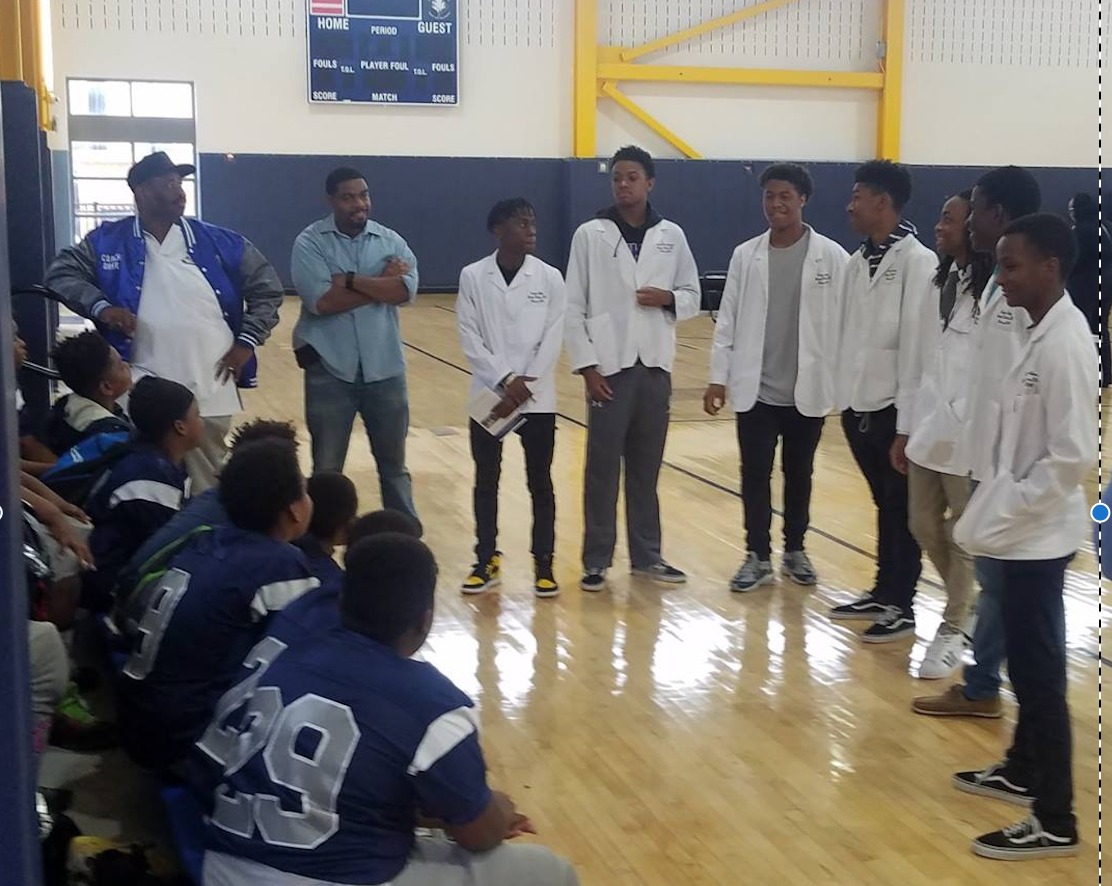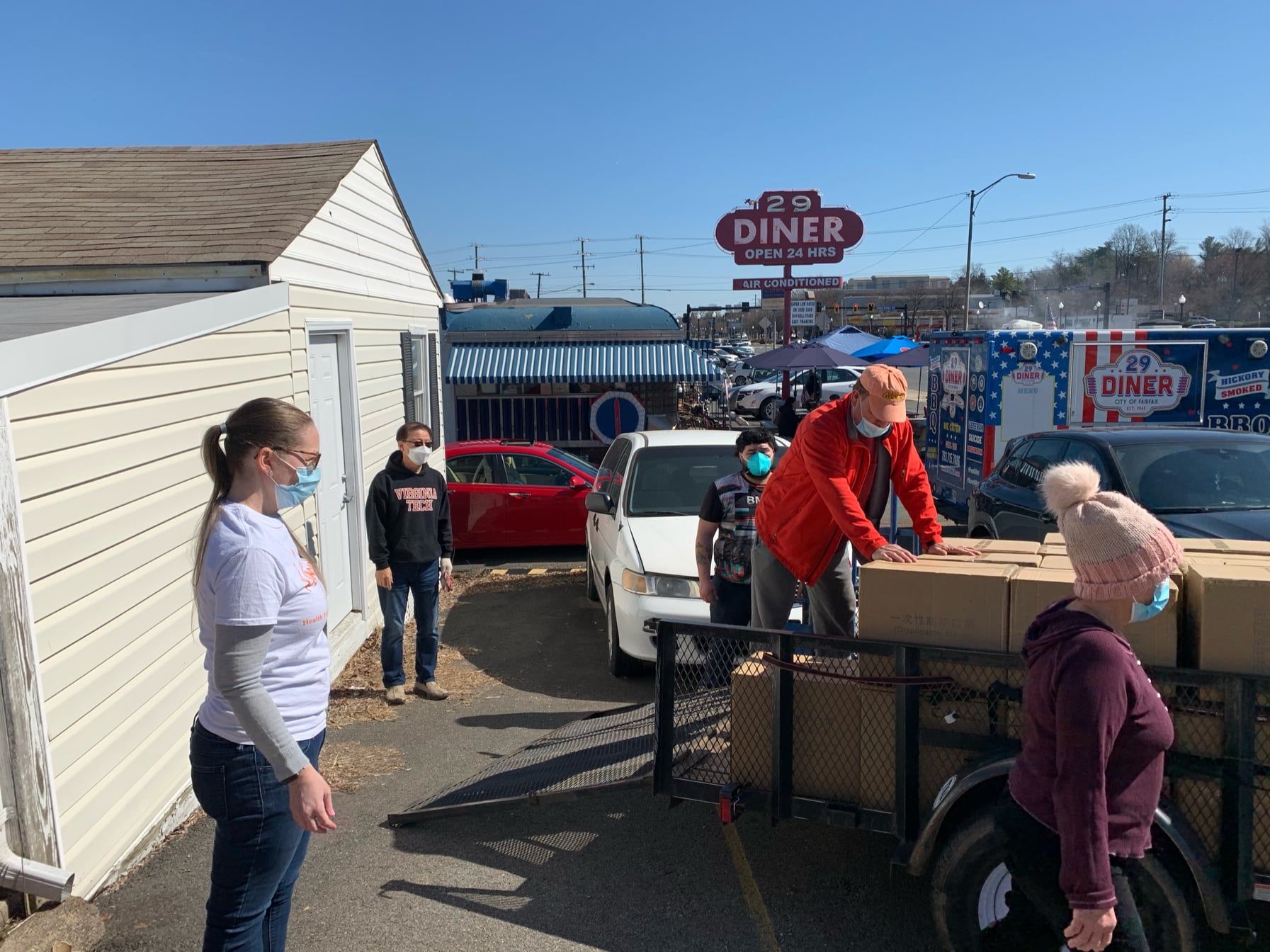
About the Program
Despite a call to action to address the social determinants of health in the United States, there has been limited evaluation of specific tools for teaching the social determinants of health to our medical learners. Organized by the Rodham Institute, these half day tours and discussions have increased the basic knowledge of D.C. disparities. See the City You Serve provides clinician learners with a true look at the communities that they serve and the journey their patients take to seek health care in the district.
View our article on See the City You Serve, published February 2017 in the Journal of Graduate Medical Education:Aileen Y. Chang, Tracie L. Bass, Monique Duwell, Jeffrey S. Berger, Raksha Bangalore, Nancy S. Lee, Richard L. Amdur, Marcus Andrews, Esme Fahnestock, Lamek Kahsay, and Jehan El-Bayoumi (2017) The Impact of “See the City You Serve” Field Trip: An Educational Tool for Teaching Social Determinants of Health. Journal of Graduate Medical Education: February 2017, Vol. 9, No. 1, pp. 118-122.
Program
- Students who want the opportunity to learn how to make an impact on their communities.
- Students who want to gain skills and confidence.
- Students interested in community outreach and partnerships to inspire a new generation of healthcare professionals and advocates.
Please complete the contact form and we will contact you with the next steps for the application process.
